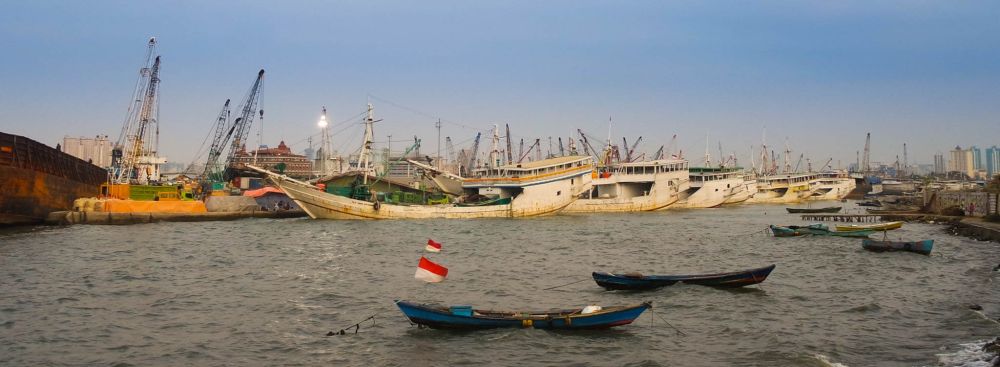

Sunda Kelapa Harbor, primarily known as a pivotal part of the Indonesian capital of Jakarta, is a place where history and culture converge. With a rich tapestry that dates back to the 12th century, it was once a bustling trading port that facilitated the exchange of goods and culture between local kingdoms and foreign lands. It was originally a part of the Sunda Kingdom, which lends the harbor its name, meaning "Coconut of Sunda".
Sunda Kelapa played a major role during the Age of Discovery. By the 16th century, it became a prime target for European powers due to its strategic trading capabilities and abundant resources. The Portuguese, who were the first Europeans to arrive, named it Porto de Sunda. However, due to strategic economic competition, the harbor fell under the control of the Dutch East India Company in 1619. The Dutch then renamed it Batavia and Sunda Kelapa Harbor became a mere glimpse of the bustling port it once was.
Tourism in Sunda Kelapa Harbor began to rise when Indonesia proclaimed its independence in 1945. With Jakarta as the nation's capital, the historical significance of the area started to garner attention. Throughout the years, various initiatives have been taken to preserve its rich heritage, transforming it into a destination that offers a peek into the nation's past.
Today, Sunda Kelapa Harbor is particularly popular among history buffs and photography enthusiasts. Visitors can take a walk along the dock, view the majestic Phinisi sailing ships, and experience the unchanged process of manual labor in loading and unloading goods from the ships. In efforts to enhance the tourism experience, the local government has been developing the area, which includes:
Despite the growth in tourism, Sunda Kelapa Harbor faces challenges regarding preservation and sustainability. The effects of modernization threaten the historic fabric of the area, requiring careful planning and conservation strategies. The Indonesian government, along with various non-profit organizations, works towards the conservation of the harbor while ensuring sustainable tourism practices.
The future of tourism in Sunda Kelapa Harbor looks promising, with plans for enhancing historical tours and improving facilities. Efforts to promote the harbor as a significant example of Indonesia's maritime heritage are ongoing, and it continually attracts tourists looking for authentic and enriching cultural experiences.
Whether it is the allure of ancient maritime history, the charm of its remaining colonial architecture, or the vibrant activities of its port, Sunda Kelapa Harbor is a cornerstone of Jakarta's historical tourism and continues to captivate those who visit.